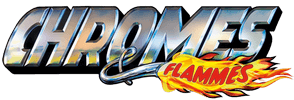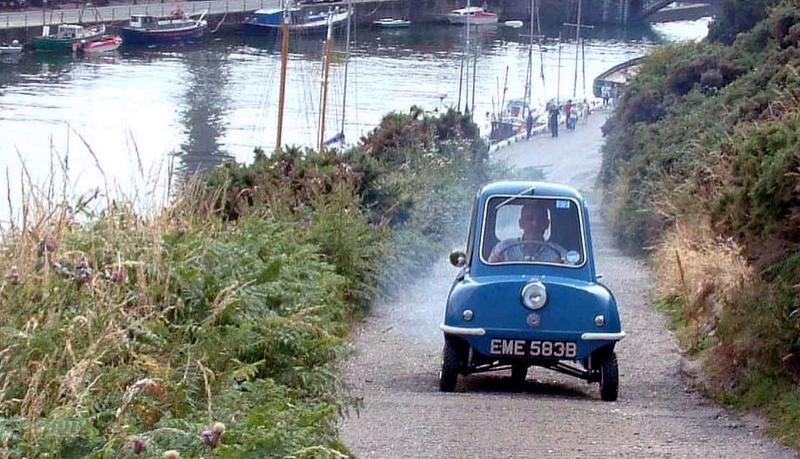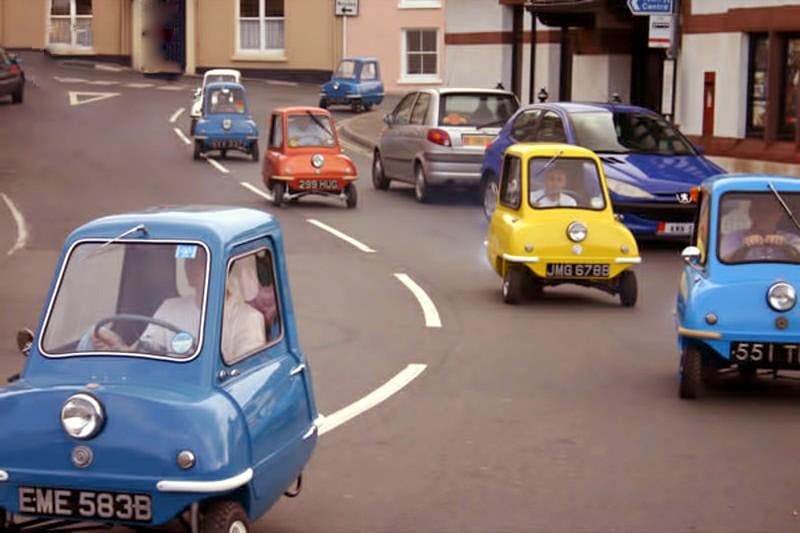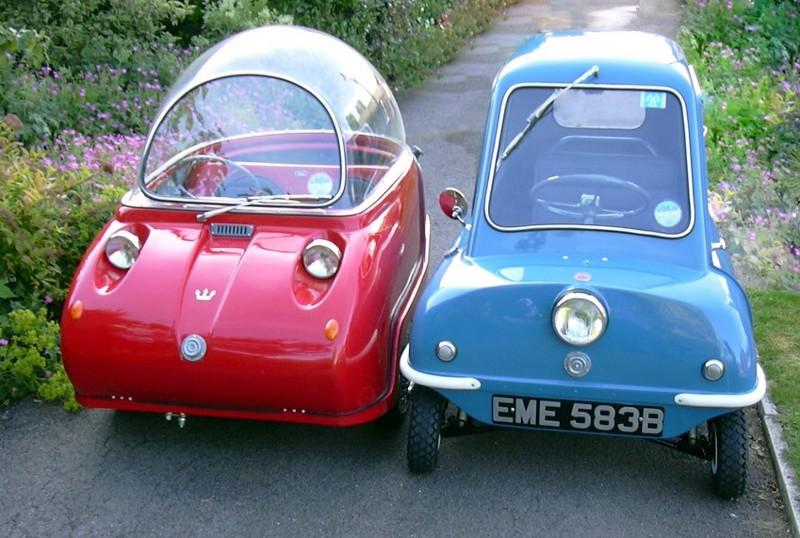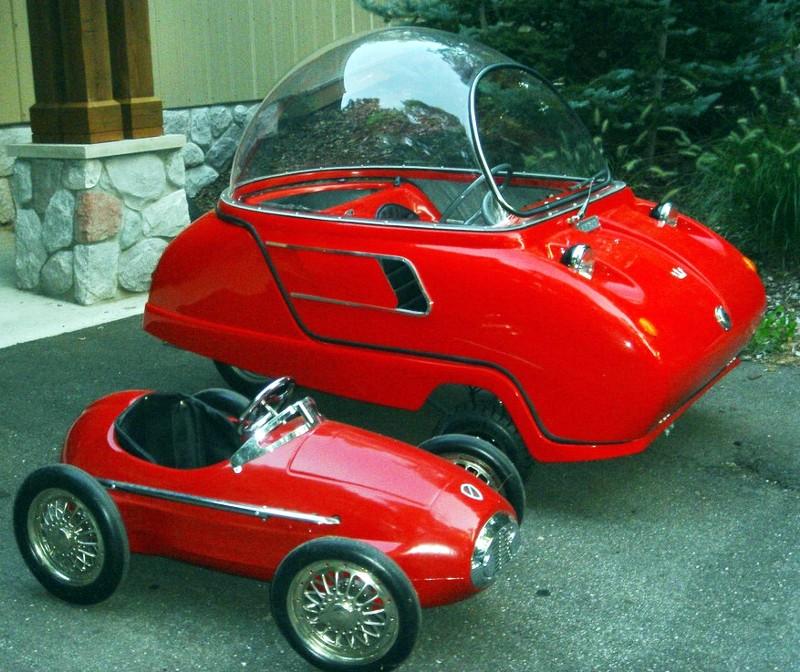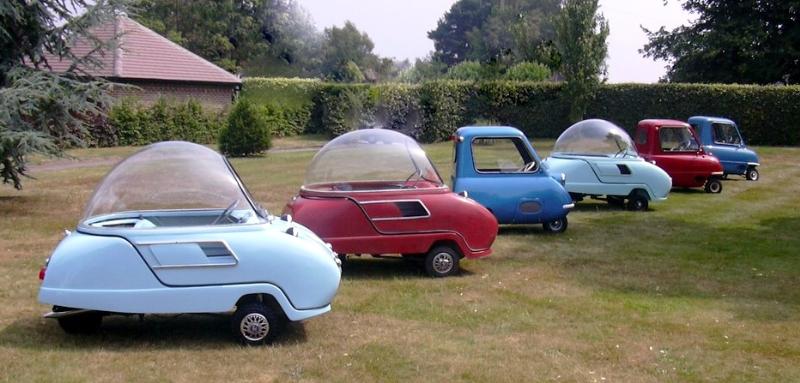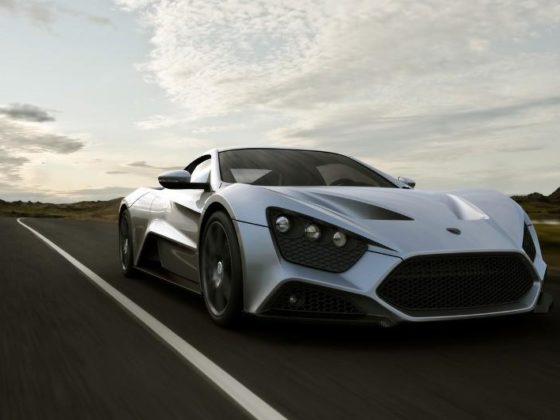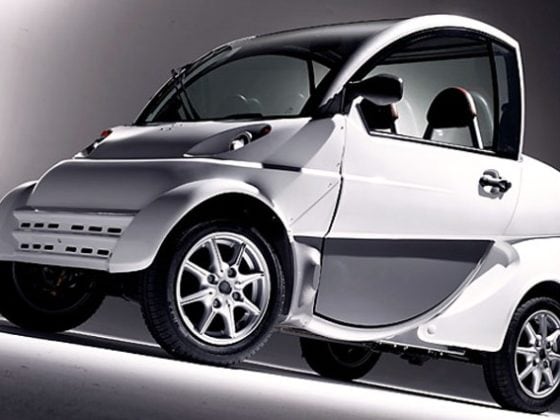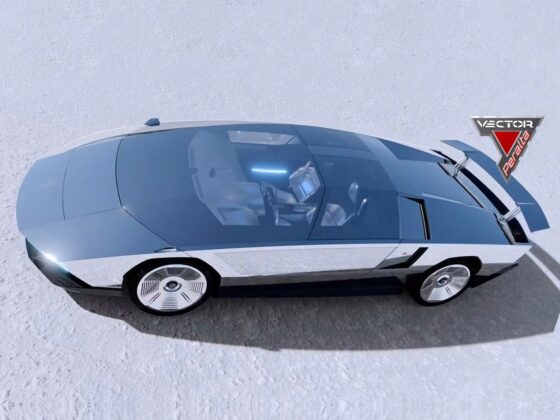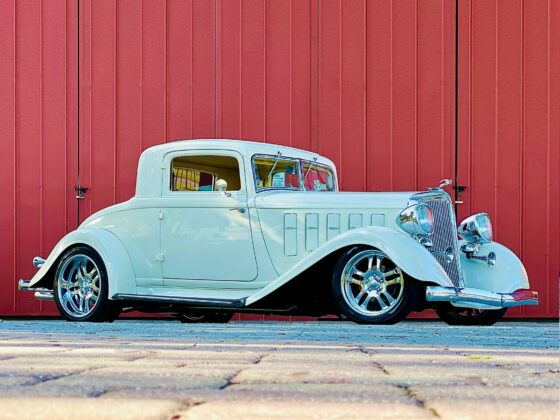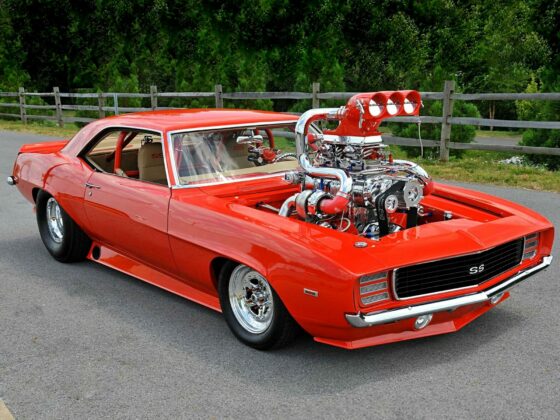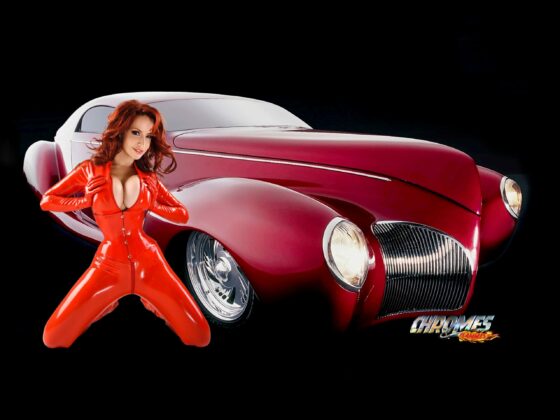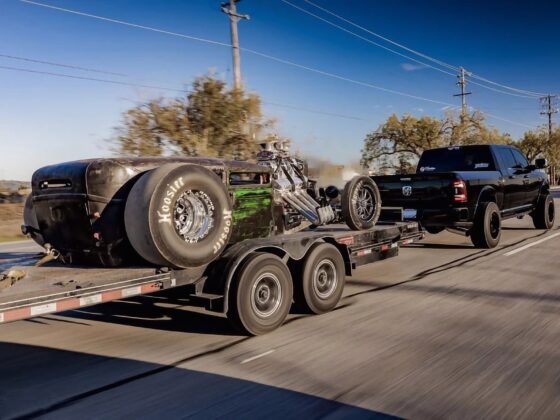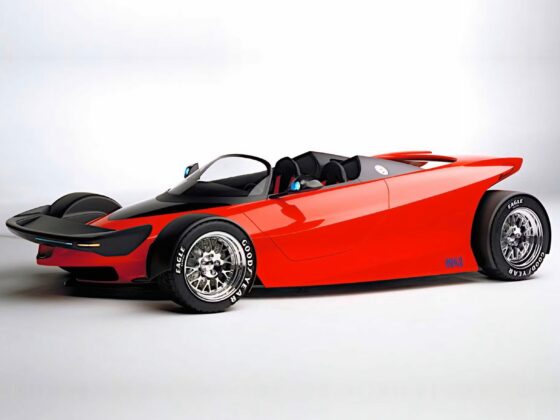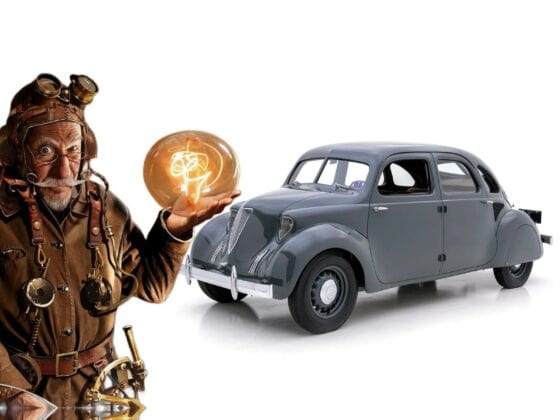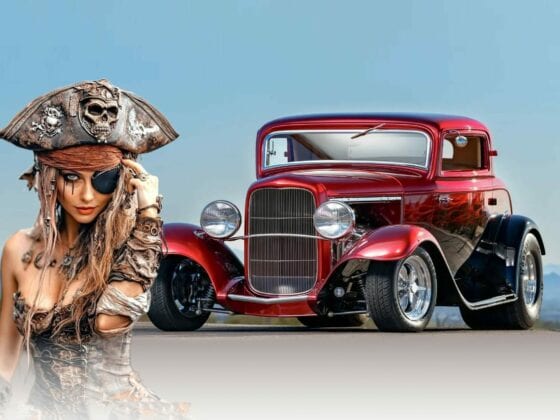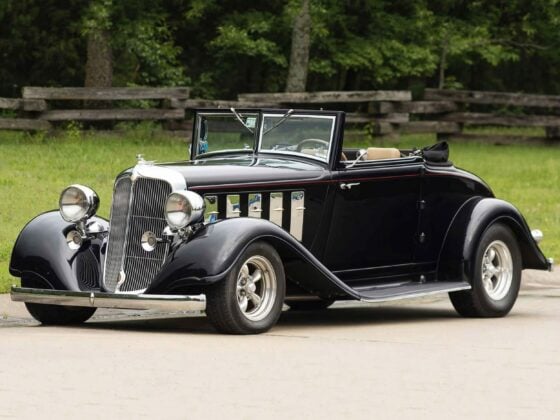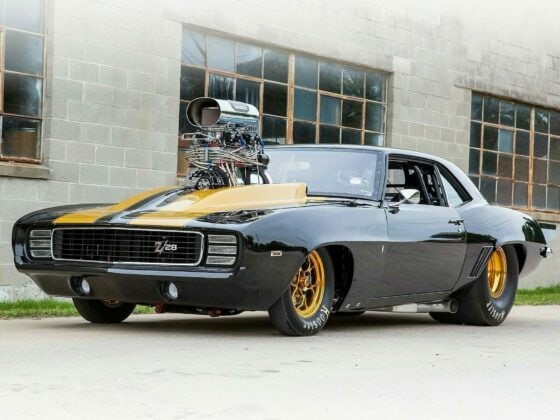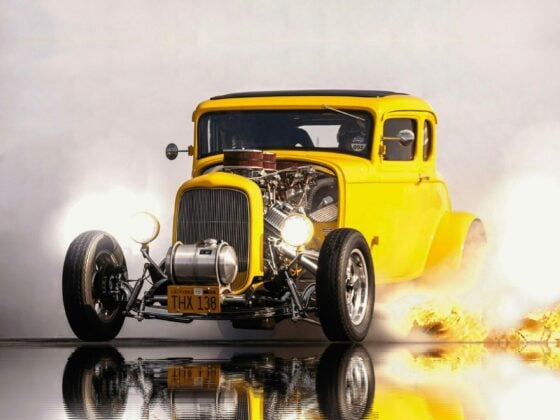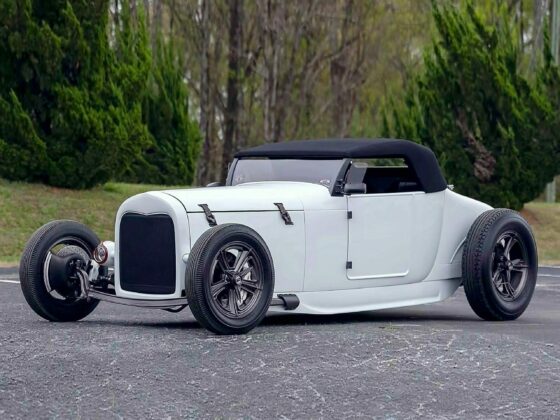1962 << Peel 50 >>, the smallest road-legal car ever produced !
The Peel P50 was a three-wheeled microcar manufactured in 1962 and 1965 by the Manx Peel Engineering Company.
It retailed for £199 when new, and currently holds the record for the smallest-ever automobile to go into production.
Designed as a city car, it was advertised as capable of seating “one adult and a shopping bag.”
The vehicle’s only door was on its left side, and equipment included a single windscreen wiper and only one headlight.
Standard colours were Daytona White, Dragon Red and Dark Blue.
The prototypes for this model were referred to as Peel P55 Saloon Scooters having one front wheel and 2 rear wheels – the opposite way round from the production Peel P50.
At just 134 cm (52.8 in) long and 99 cm (39.0 in) wide, with a weight of only 59 kg (130 lb), the car holds the record as the smallest ever automobile to go into production.
The P50 used a 49 cc (3.0 cu in) DKW engine which gave it a top speed of approximately 61 km/h (38 mph), and was equipped with a three-speed manual transmission that had no reverse gear.
Consequently, turning in a confined area could only be achieved by pushing, or lifting the car using the handle on the rear and physically pulling it round.
The makers claimed it was capable of an impressive 100 UK MPG (2.8L/100km, 83 US MPG).
Despite its diminutive stature, the Peel P50 is road-legal in the UK.
Some of the cars have been exported to other countries outside the UK, although it might not be road-legal in these countries.
The original production run of about 50 cars were sold at retail for just under £200.
As only about twenty Peel P50s survive, originals now command prices in the region of £35,000 to £50,000.
Reproductions produced by Andy Carter, Nottingham, UK sell for about £10,000.
On 28 October 2007, the car was featured in a humor segment on the BBC motoring programme Top Gear on BBC Two, during which the 6 ft 5 in (196 cm) presenter Jeremy Clarkson was seen squeezing himself into the car and driving through central London to work and through hallways of the BBC’s offices.
During the segment, Clarkson said the car would have been the best car ever made, if it only had a reverse gear.
In 1965 the P50 was developed a stage further with the arrival of the Trident.
The Trident with its distinctive bubble canopy was produced in four variations, single-seater, and two-seater, automatic and electric.
To this day the Trident is still one of the most distinctive cars ever to take to the roads and proved very popular with young couples.
Only two P50s remain on the island, one is privately owned and the second is on display at The Peel Transport Museum.
In 2004 The Peel Transport Museum became aware of a 1962 P50 being sold in Cheshire.
With generous help from The Manx Heritage Foundation, The Public Lottery Trustees, a great deal of fundraising and several anonymous donations they managed to raise the £10,500 needed to bring it home.
Peel replicas are an emotive subject – you either love them or hate them.
Fact of life is that they exist.
The problem is when replicas are passed off as genuine cars.
If you want a Peel but cannot afford up to £25,000 that some now sell for, you can get an almost exact replica for a fraction of the price.
Some replicas have modern engines with electric start and automatic drive, making them easier to drive and maintain.
To date almost 30 Peel P50 and Trident replicas have been built or are being constructed by enthusiasts around the World.
Many parts are available from autojumbles etc., and other parts have been remade.
Kits and complete cars are available : http://homepage.ntlworld.com/andy.carter/replicas.html
